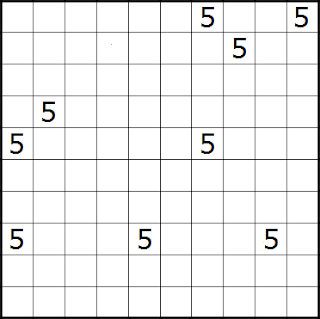This puzzle is a unique mix of four different genres:
Maxi Loop,
Liar Loop,
Double Back and
Country Road. I haven't ever seen genres combined in this way before. I've combined them by using the
Four Colour Theorem. This theorem states that when a plane is split up in different regions, you'd only need four different colours to colour all regions without having any regions of the same colour touching by a side.
I'd been thinking of using this for a while, but it was hard to find a good set of puzzle rules that would work in a single puzzle. When I finally had four rules I thought would work, it took a while to even get a solid opening that would get the puzzle going. It took me a long while to get a good puzzle. I had to edit the puzzle a bunch of times as I kept running into mistakes I had made while constructing. I've worked on this puzzle on and off for a few weeks. I hope you all enjoy it. I'm warning you that it isn't easy, but it is completely logically solvable. It will probably take a while to see how the rules interact and what restrictions there are to assign the right rules to the right regions.
Four Colour Loop
General rule:
Draw a single closed loop by connecting the centres of cells horizontally and vertically. The loop doesn't touch or cross itself. The grid is split up into different regions. Each region obeys one of four rules. No two regions with the same rule touch eachother by a side anywhere. They are allowed to touch by a corner.
Region rules:
Country Road:
The loop enters and exits the region once. The number in the region indicates the amount of cells the loop runs through. (
Note: This means the loop doesn't run through all cells in the grid)
Double Back:
The loop runs through all cells in the region. The number in the region indicates the amount of the times the loop enters and exits the region.
Liar Loop:
The loop runs through all cells in the region. The number in the region indicates that the loop never runs through this many cells consecutively when traveling through that region. It is always more or less.
Maxi Loop:
The loop runs through all cells in the region. The number in the region indicates the highest amount of cells the loop runs through consecutively when running through this region.
 |
| Click to enlarge |




















